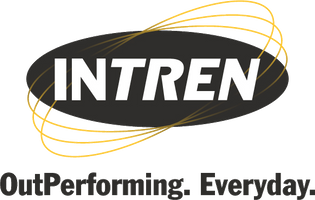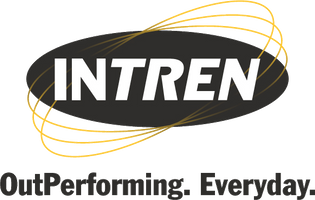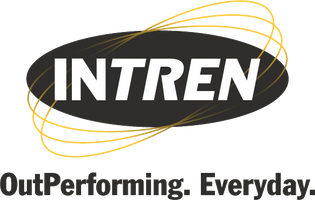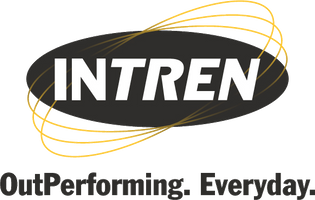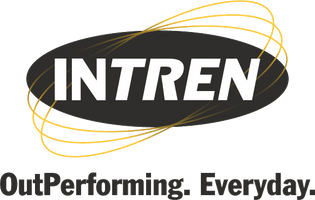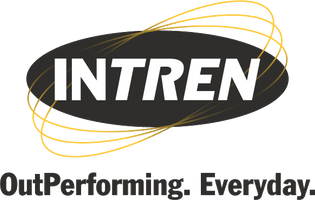Information
-
Prepared by
-
CWO Title
-
Dig #
-
Location
-
Division
-
System
-
Station
- Staples
- Little Falls
- Foley
- Zimmerman
- Albany
- NA
-
Repair Method
-
One call ticket #
-
One call ticket #
-
One call ticket #
-
Welding procedure
-
Type of Hotwork
-
Type of Hotwork
-
Type of Hotwork
-
Welder Name
-
Inspector Name
-
Conducted on
Excavation Oversight
Excavation Preparation Checklist
-
Hazards Identified and Marked?
-
Process used to identify utilities and pipeline
-
Dig packet?
-
Alignment sheets or station drawings?
-
PE plan? (20' or deeper)
-
Separate One Call Tickets?
During Excavations Checklist
-
Photo of dig site.
-
Soil classification
-
Slopes. B = 1:1 benching allowed. C = 1.5:1 benching not allowed
-
Protective Systems (shoring and shielding)
-
Spoil piles, materials, and equipment 2' clearance.
-
Using probe bars as required.
-
1' clearance with bucket?
-
Inspector engaged?
Permit
-
Adequate description?
-
Adequate mitigation of hazards?
-
Everyone logged in the permit?
-
Permit being adhered to?
-
Daily Excavation Checklist complete?
Closing
-
Extra Comments
-
Signature
Hot Work Oversight
Hot Work Preparation Checklist
-
KPL Operations (AE) notified?
-
Pipeline control center notified?
-
Pipeline pressure specified and communicated?
-
KPL TG1602.201 appendix A available.
-
Welders qualified?
-
Appropriate welding procedure selected?
During Hot Work
-
Atmospheric monitoring?
-
Equipment blinded & Gas freed? (KPL STD 220.100 Appendix A)
-
Guards in place on Grinders?
-
Tools & Equipment are in good condition?
-
Fire extinguisher available? (minimum 20 lb. ABC)
-
Fire watch understands 30 minute watch after work has ceased?
-
AE on site and engaged with activities?
Permit
-
Adequate description of Hot Work?
-
Adequate mitigation of hazards?
-
Everyone signed in on permit?
-
Fire watch assigned?
-
Assigned fire watch has no other duties?
Closing
-
Additional Comments or notes
-
Evaluators signature
Energy Control
Verification of Energy Control
-
Energy sources identified/verified in correct position?
-
Blinds installed? (KPL STD220.100)
-
Isolation locks or tags applied?
-
Energy sources tried?
Application of isolation locks
-
All exposed personnel have personal locks applied?
-
Name on personal lock?
-
If NO the KPL isolation tag used?
-
Isolation locks labeled "Danger, Locked Out, Do Not Remove"?
-
If NO then KPL isolation tag used?
-
Personal locks removed at end of shift?
Application of lock box
-
Station (red) locks applied?
-
If NO. Isolation tags applied with required information?
-
Project lock (yellow) with project tag applied at end of shift?
-
Complex job procedure in use? (If YES. Explain condition in comments section.)
Closing
-
Additional comments
-
Signature
Confined Space
Classification/General requirements of Confined Space
-
Classification consistent with Confined Space Decision Flow Chart?<br>STD 220.100<br><br>Complete section B for Non-Permit Required Confined Space<br>Complete section C for Permit Required Confined Space
-
Confined Space properly isolated?
-
Labeled with "Danger, Confined Space, Enter by Permit Only"?
-
Ventilation established?
-
EH&S Permit addresses hazards/entry conditions?
-
Entry conditions have been met and communicated?
B Non-Permit Required Confined Space
-
Periodic Air Monitoring completed and logged?
C Permit Required Confined Space
-
Attendant in position maintaining entry and atmospheric logs?
-
Attendant has not other duties?
-
Atmospheric monitoring is continuous and is being logged?
-
Zone management in place controlling ignition sources?
-
Communication established between entrant, attendant, and rescue services?
-
Rescue equipment and services on site and ready?
-
Rescue pre-plan approved?
Closing
-
Additional comments
-
Signature






